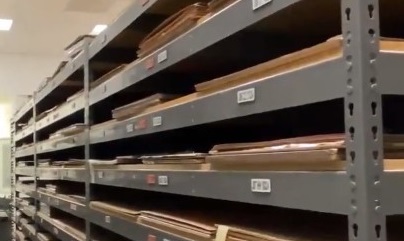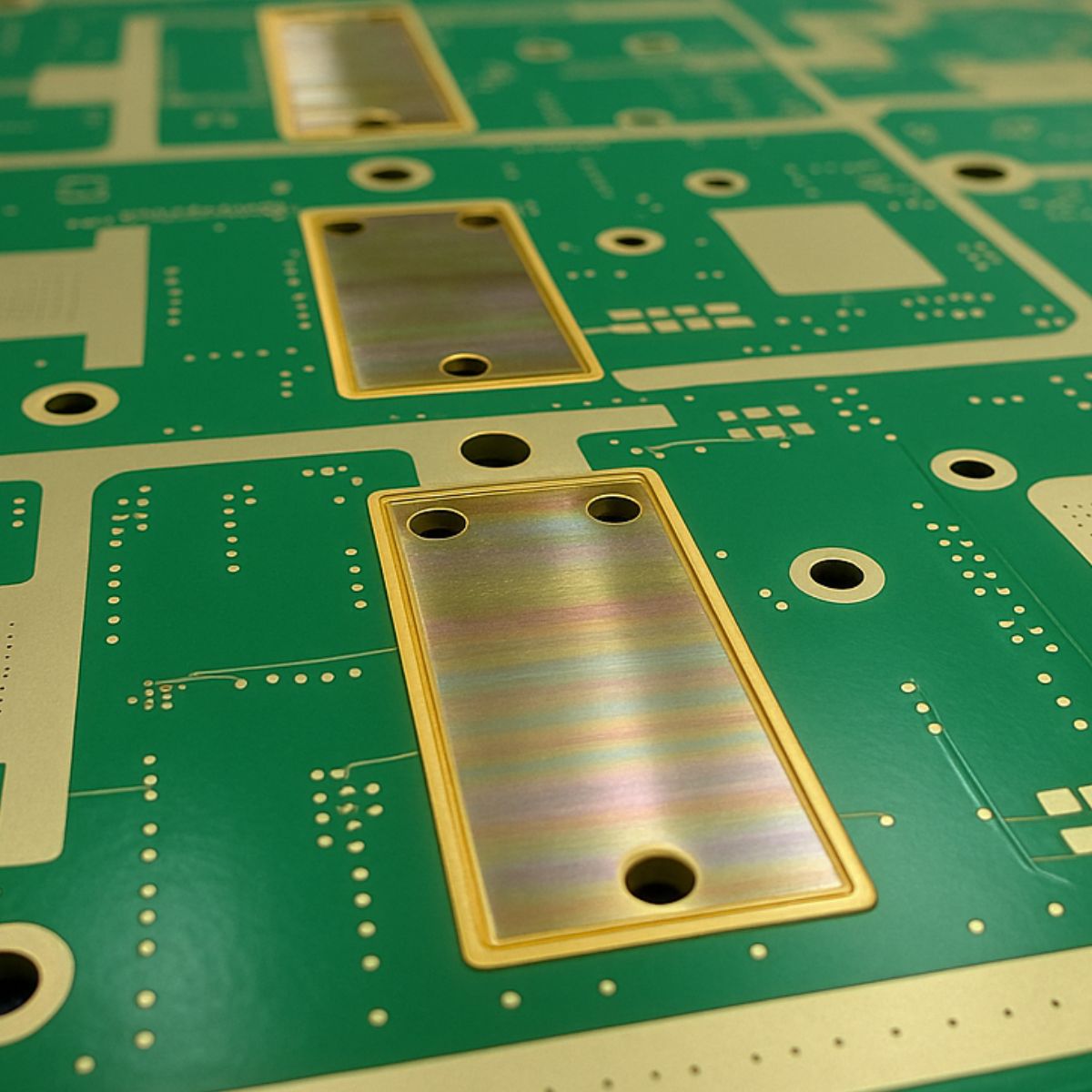Design engineers are being asked to design and bring to market more new products in less time. The pressure to work faster is reinforced by recent industry studies, which found that “fast response time” and “fastest lead time” are the top two criteria developers use when selecting an external partner.
One strategy for handling shrinking design cycles is to outsource the fabrication and assembly of the printed circuit boards (PCBs), a core element in nearly all modern electronic products. As engineers continue to design smaller and more complex PCBs, it is nearly impossible to produce boards in-house anymore. Yet, trusting the wrong outsourcing partner with this critical component can cause problematic delays and increase overall project costs.
Below are 11 tips which, if followed carefully, can shorten development time, save money and reduce stress by allowing engineers to focus on additional aspects of their designs.
1. Communicate, Communicate, Communicate
“What we have here, is a failure to communicate.”
The number one cause of delay in PCB production is a matter of communication timeliness. If a manufacturer promises a three-day turn-time and runs into a problem, that promise is no longer valid because it may take two or three days to receive clarifying information necessary to resolve the issue. If time is critical, it absolutely is essential to keep communication open in order to overcome any problems in minutes versus days.
2. Prepare and Submit the Right Files
Supplying the correct documentation to your PCB fabricator/assembly partner is very important to let them get your product right the first time.
For PCB Fabrication, these documents include:
- Gerber files
- Drill file
- Net list
- Accurate profile of the PCB outline and a fabrication drawing.
For PCB Assembly, these documents include:
- Bill of Materials (BOM)
- Gerber Files
- Top and Bottom Copper Layers
- Top and Bottom Silkscreen
- Top and Bottom Solder Paste
- Top and Bottom Solder Mask
- XYRS Files (CAD Generated) – also called the parts position rotation file of the machine pick-n-place file.
- Assembly drawings are helpful, but not required.
For instance, product documentation should include overall PCB thickness, desired weights of finished copper for all layers, type of soldermask or coverlay, colors for silkscreen, and details of surface finish and conformal coating if any.
Fabrication drawings need to have manufacturing tolerances where they are necessary for ease of manufacturing, such as for both plated and non-plated through holes. Specify the layer sequence using IPC standards. This will help avoid some of the most common delays related to files such as:
- Missing stencil paste files requiring the job must wait while a stencil is made.
- Missing XYRS files preventing the pick and place machines from knowing where to place the parts.
- Missing polarity markers for diodes, rectifiers and capacitors causing confusion.
- Incomplete BOM information – missing part numbers, descriptions, and reference designations.
3. Use Design Checks
Using Design-for-Manufacturability (DFM) and Design-for-Assembly (DFA) checks, while the PCB is in the prototyping and design phase, helps improve time-to-production by cutting down redesign times. PCB suppliers often provide free design checks along with expert engineering support. This helps to eliminate unnecessary delays due to errors, by addressing hidden critical manufacturing issues before order placement, allowing corrections without changes or revisions. Errors discovered after PCB delivery may lead to rework if not rejection, revision of PCB data, and additions to the lead-time.
4. Partner with US-Based Industry Experts
Usually, a reputable PCB supplier will have well-established processes for meeting tight turn times or difficult scheduling, and do not delay shipments as they know customers need their PCBs on time.
Working direct with overseas suppliers, even with lower rates, can turn out to be more expensive overall. Communication with them may also be more difficult because of time differences. Engaging with a domestic supplier who has established overseas relationships, if needed for your PCB build, should take care of these problems.
5. Select a Turnkey Service
Your PCB job will arrive on the floor much faster if you engage with a turn-key supplier, who will provide all services from start to finish. Turn-key suppliers are beneficial because they have established channels of product flow, and they effectively handle all the bottlenecks.
6. Avoid Long Lead Time Components
For jobs requiring assembly as well as fabrication, identifying items that require long lead-times helps your PCB supplier to place orders in time to avoid delays. This requires working closely with your supplier to make sure they order long lead-time items beforehand.
7. Select Materials Carefully
Specifying laminate basics also gets your job on the floor faster. Rather than mentioning a specific brand that may be difficult for the fabricator to locate, it is preferable to specify the laminate by its Tg.
8. Choose Components Strategically
Component shortages often are cited as a primary reason for product delays. With the current component shortage now expected to last for awhile, design engineers and buyers are dealing with numerous problems including higher costs, longer lead times, zero inventory and counterfeit parts. To help keep projects on-time and on-budget careful component selection is important. Best practices to follow when identifying components for your job include:
- PLAN AHEAD: The sooner your buyer can begin looking for parts, the better.
- USE NEWER COMPONENTS: Specifying a component that is no longer available, obsolete or available in only limited quantities will require extra time to locate, if it can be found at all, and may increase the cost.
- BE OPEN TO SUBSTITUTIONS: Stay open to substituting any part that matches fit, form and functionality or, at the very least, consider allowing part substitutions for passives only. By allowing possible alternates, engineers lessen the impact of the part shortage and get their completed projects when they need them.
9. Follow Kitting Best Practices
Missing parts, wrong parts, insufficient quantities, not enough overages – all of these problems are caused by unorganized part kits and can cause significant PCB assembly delays. Fortunately, most PCB assembly shops have clear guidelines on how to prepare and ship kits, along with overage requirements. Some companies even provide custom labels created from your BOM to be placed on individual part bags.
10. Provide Details
Providing as much detail as possible upfront allows manufacturers to crosscheck the product at intermediate stages, avoiding expensive corrective processes later. For instance, providing an IPC Netlist allows the fabrication engineer to compare their edited data at all stages of production with the customer’s data.
11. Avoid Common Design Errors
Some of the more common causes of holds on the fabrication side come from design errors such as impedance specification which cannot be achieved or incorrect drilled hole size causing the component to not fit. Also, not enough space between the edge of the PCB and nearby copper traces can cause problems.
On the assembly side, incorrect pad-to-part fit, part rotation, missing polarity markings and not following pin indicator standards are some common design errors. Supplying details in a drawing and including dimensional requirements is a good practice.
Planning ahead and following industry best practices will help effectively reduce stress, time, and cost. With these strategies it’s possible to reduce your development time and save money by getting your printed circuit boards manufactured, assembled and delivered exactly when you need them.



